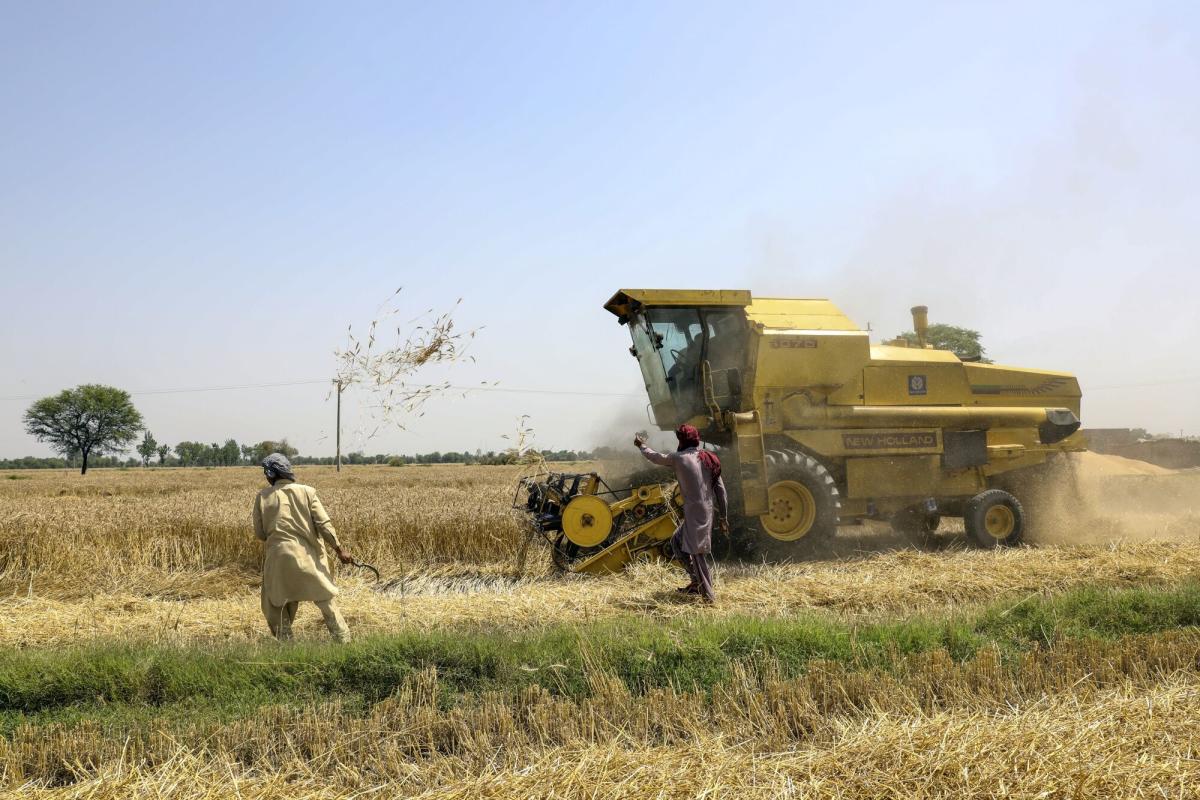Pakistan’s economic growth weakened in the second fiscal quarter as high interest rates weighed heavily on businesses and dampened consumer demand. The Pakistan Bureau of Statistics reported that gross domestic product increased by 1% in the October-December period from the previous year, lower than the median estimate of 1.8% in a Bloomberg survey. Despite efforts to avoid last year’s state bankruptcy, the economy remains fragile.
The National Accounts Board revised upward economic growth for the previous quarter to 2.5% from 2.13%. Looking at sectors, agriculture recorded a growth of 5.02% compared to the previous year, while industry decreased by 0.84%. The services sector grew by a minimal 0.01%. Despite these challenges, Prime Minister Shehbaz Sharif is seeking a new loan from the International Monetary Fund (IMF) to support the economy and boost Pakistan’s foreign exchange reserves.
While the IMF lowered its GDP forecast for the current fiscal year to 2% from 2.5% due to weaker domestic demand, the State Bank of Pakistan is more optimistic, citing better agriculture and industrial production supporting the economy. Last fiscal year, Pakistan experienced a rare contraction of 0.17%. The nation remains heavily reliant on IMF assistance, with $24 billion in external financing needs in the fiscal year that begins in July, about three times its foreign exchange reserves.
Despite these challenges, there are some positive signs for Pakistan’s economy. Agriculture recorded a growth of 5.02%, which is an impressive increase compared to other sectors like industry and services. Additionally, better agricultural and industrial production have helped support economic growth overall.
However, there are still significant obstacles that need to be overcome for Pakistan’s economy to fully recover. High interest rates continue to weigh heavily on businesses and dampen consumer demand, making it difficult for companies to invest and grow their operations.
To address these challenges, Prime Minister Shehbaz Sharif is seeking a new loan from the IMF specifically aimed at supporting economic growth and boosting foreign exchange reserves.
Despite these efforts, there are still concerns about Pakistan’s long-term financial stability given its heavy reliance on external funding sources like IMF loans.
Overall, while there are some positive signs for Pakistan’s economy in terms of agricultural and industrial production growth, high interest rates continue to pose significant challenges that need to be addressed if the country wants to achieve sustained economic growth over time.
